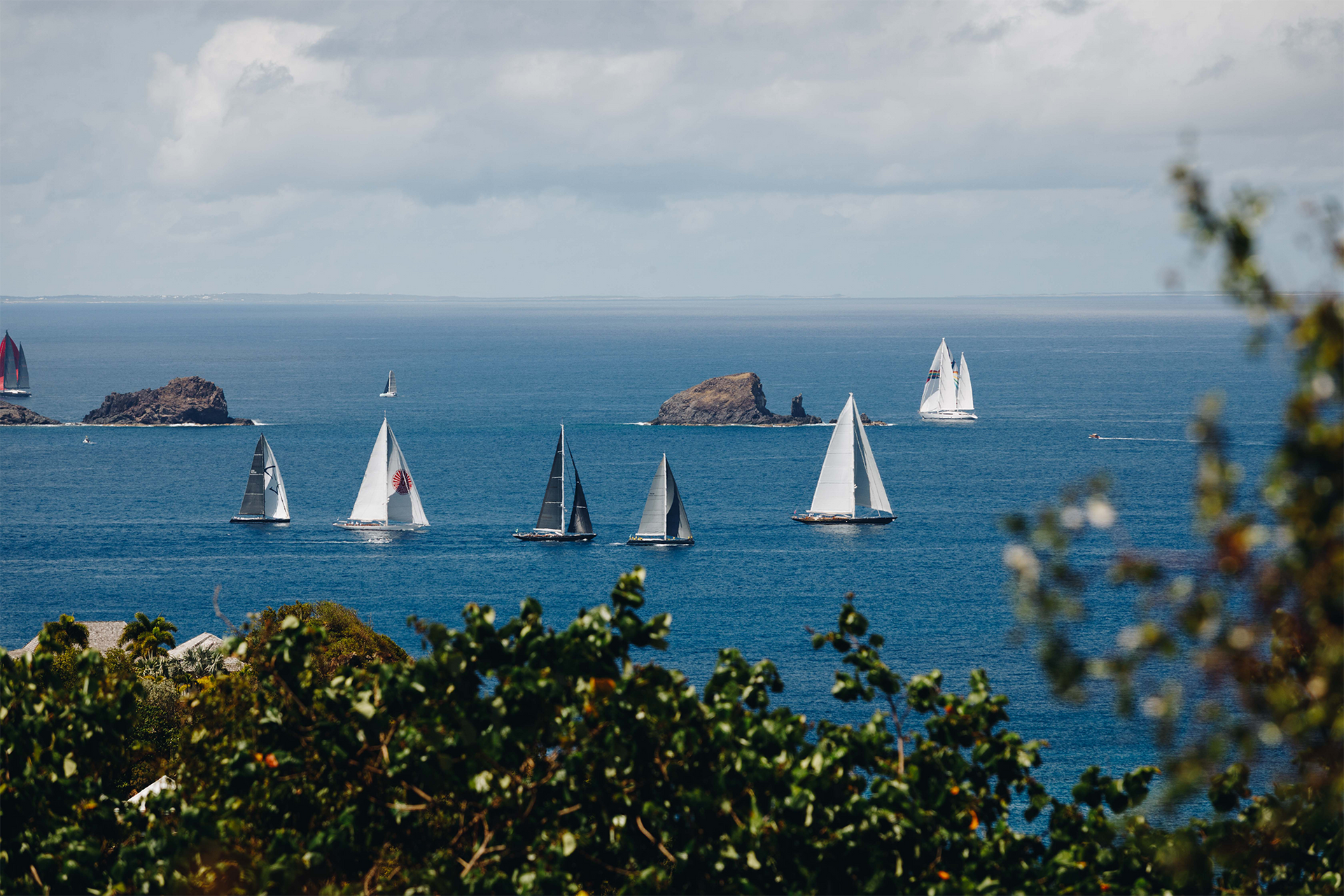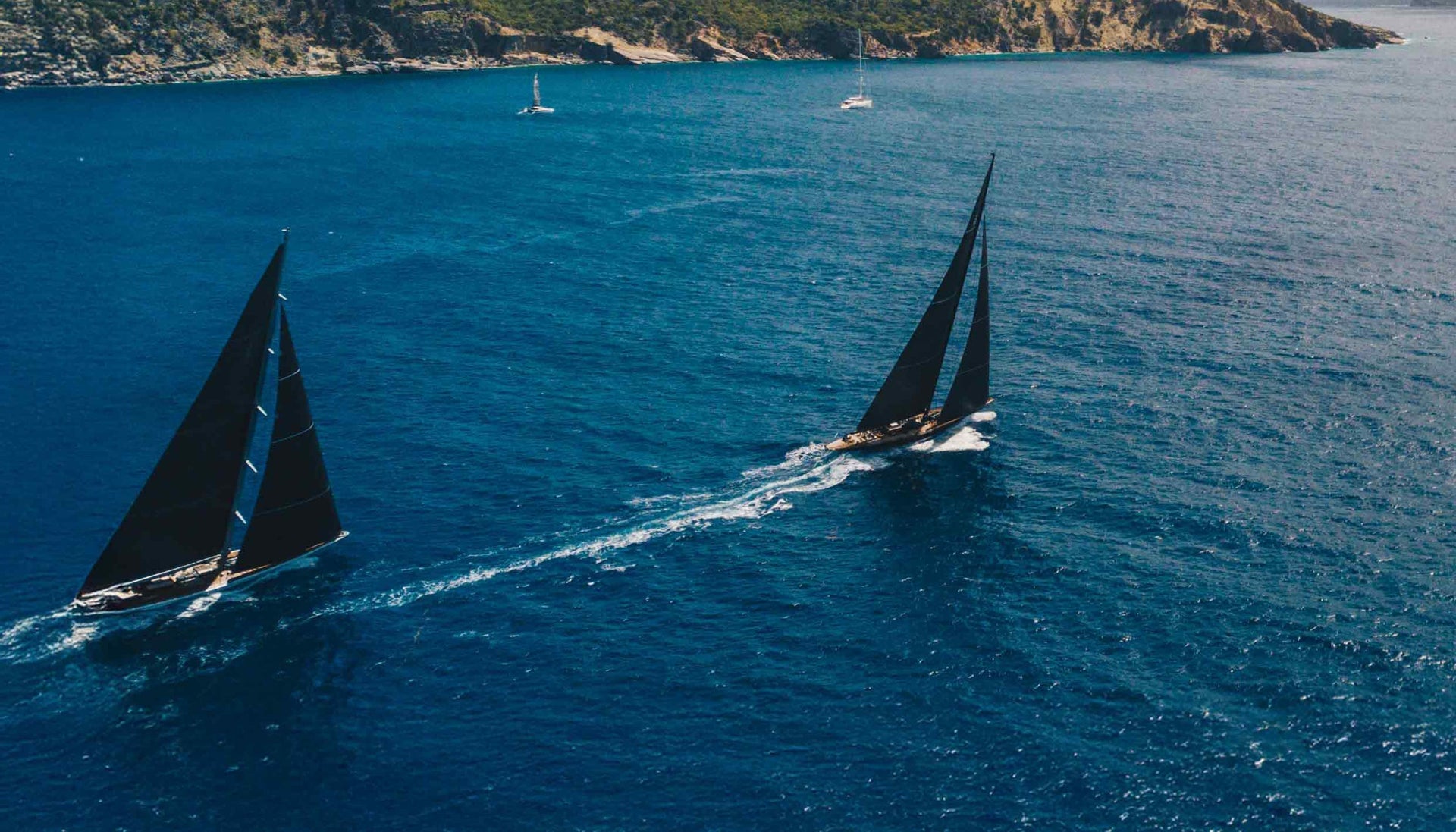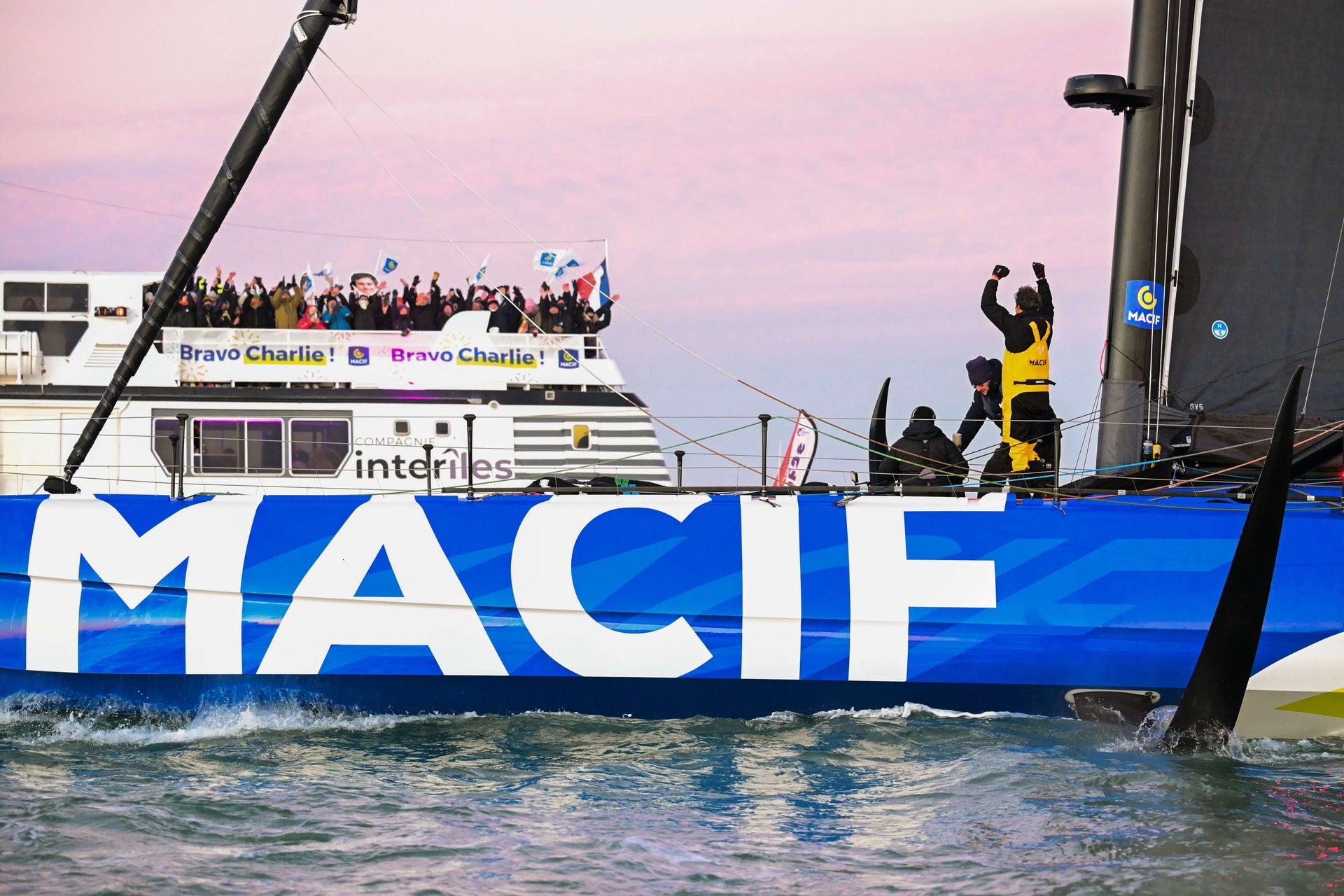AC36 REVENGE OF THE SAILMAKERS
AC36 REVENGE OF THE SAILMAKERS
The America’s Cup Is Back To The World Of Battens And Sailcloth

By Ivor Wilkins, first published in the Royal NZ Yacht Squadron magazine, Breeze
On the eve of Emirates Team New Zealand’s new AC75 launch, the waterfront was buzzing with speculation about how these boats would perform. Would they crash and burn, or majestically rise up on their foils and race away? Within the halls of the team’s smart base at the Viaduct Basin, faith in what the sophisticated simulation programs had indicated remained strong. But the sense of eager anticipation and just a touch of nerves was palpable. For North Sails designer Burns Fallow, AC36 is a return to the America’s arena. This is his sixth America’s Cup campaign, but he was forced to sit out AC35 in Bermuda, when the sails were limited to one-design jibs. With hard wings no longer featured and a sail plan now made up of soft sails, albeit in an unfamiliar form, could this be regarded as the revenge of the sailmakers? He laughs at the notion, but doesn’t dismiss it. “It is a bit like that. We have had no mainsails for two cycles, so for this one we have two. We have to keep this configuration for one more go-around and then we will be equal again.”
His reference to two mainsails relates to the double luff twin-skin arrangement introduced for this cycle. Double luff mainsails are not entirely new, but have been largely confined to experimental craft. They are about to come under very close attention at this cycle of the Cup. Fallow says the first thing observers will notice is how short the rig is. “The sail plan is very small. If you go back to the Version 5 monohulls in Valencia, these rigs are more than 8m shorter. “Everybody understands that once you are foiling, you don’t need a large sail plan.” In displacement mode, this keel-less monohull does not need a large sail plan either. With low stability at slow speeds, excessive sail would be a liability. “It is quite different in that respect from a catamaran, which has massive stability from the get-go,” Fallow explains. However, regardless of the hull form, the name of the foiling game is to get up and out of the water as quickly as possible and to remain flying as long as possible. Surely, a monohull, which is considerably heavier than the previous America’s Cup catamarans, would require more power to achieve lift-off? Fallow says all the teams are going to be very coy about their lift-off speeds. “The aim is certainly to get foiling as soon as possible.”
A glance at the figures indicate that the sail designers have a challenge on their hands delivering the power to achieve that. The hard wing on the AC50 in Bermuda was 3m shorter than the AC75 with about 40m2 less area, but the monohull is three times the weight. The AC72 wings in San Francisco were 11.5m taller than the AC75 rig, with a surface area of about 260m2 and an overall weight (platform + wing but without crew) of approximately 7,200kg. The new AC75 is slightly lighter with an overall weight of 6,450kg (platform + wing but without crew) powered by the double luff mainsail with about 100m2 less surface area. The AC75 does gain from jibs that are proportionally much larger than the catamaran jibs, with the forestay attaching 2m below the top of the 26.5m mast.
These yachts can also carry masthead code zero sails flying from a bowsprit. Code zeros were allowed but seldom used on the AC72s and dispensed with altogether with the AC50s in Bermuda. Fallow also points out that, although the wings were very efficient, the soft-sail system is much lighter – “about half the weight of a solid wing.”
The value of the code zero remains a question mark. “Just where this sail fits in is one of the big questions,” says Fallow. “All the teams will be keen to find out how it works at full scale. “The rule is very open on how deep the code zero can be, how triangular, how big or small. There is a wide range of options, from almost like an A1 on an IRC boat in its most extreme version, down to a small, flat jib-top, or anywhere in between. As always with code zeros it will come down to ease of deployment and how to cope with the transitions from non-foiling to foiling and vice verse.”

“It is a big mode change and there is an awful lot happening all at once for the guys trimming the sails. It is not like shifting gears on an IRC boat. This is like changing the whole transmission in an instant. It is a time of very high energy demand, that is for sure.” All those factors suggest that code zeros will probably carry a considerable “handle with care” warning and will probably come out only in light conditions. Within the triangular space created between the mast and the forestay, considerable freedom is given to jib designs. While most of the early design effort has gone into the double luff mainsails, the jibs are likely to play a big performance role and Fallow expects that once the yachts are trialing more attention will be devoted to headsails.
The objective with the new mainsail arrangement is to achieve a wing-like shape without the tremendous logistical demands involved in stepping and removing a cumbersome solid wing structure every day. It is accepted that the efficiency and control of the soft sail will be less than the solid wing, but considerably more than a conventional mainsail. The rule provides teams two zones within the sail plan – a 4m upper zone at the top and a 1.5m zone at the bottom – to install custom control systems to influence shape and twist. The area between what Fallow refers to as the “trickery” zones has to be passive. Glenn Ashby was seen as king of the wing at Bermuda as he reclined in his foxhole with his thumbs dancing over an X-box type controller to shape the wing for maximum performance. He acknowledges the soft system will have less control, but is confident of enough trickery in the freedom zones to achieve considerable shape-shifting.
In terms of design tools, Fallow says Michael Richelson of North Sails Group had done a lot of FEA work on solid wings using their proprietary Membrain software, so they used that as a starting point for investigating the new system. “During the rule development, I was debugging,” Fallow says, “and Michael was writing code. We were going backwards and forwards two or three times a day. It has been an invaluable tool.” In practice, the two skins are hoisted on separate luff tracks 400mm apart on the aft face of a D-shape mast that rotates 45° either way.

Teams are free to decide whether to join the two leeches, or leave them separate. Bearing in mind the leeward side has more curvature than the windward side, allowance has to be made for the natural tendency of the skins to slide backwards and forwards along the leeches on opposite tacks. Sheeting and tensioning arrangements are left open to the teams, as is the decision on whether or not to have a boom.
Fallow says the sheet loads would be comparable to a conventional maxi yacht at equivalent speeds. There was talk early on about whether the mainsails would be reef-able. Fallow: “The rule has been written in such a way that you could still have a mainsail that did not go to full hoist, but that would leave the top of the rig creating turbulence and drag.” More likely, teams will have full hoist mains designed for different wind ranges. “You would not have to necessarily make your final sail selection at the dock,” says Fallow. “You could switch mainsails on the water, but it is a considerable exercise by the time you have the two skins hoisted, with all the attachments and internal controls connected. You would not want to be leaving that decision to the 10-minute gun. It would be more like 40-45 minutes.” With the long-awaited on-water phase of the program about to begin, the sailors and team will soon learn the capabilities of this radical new design. Fallow expects it will follow a similar progression to the catamarans, first coming to grips with the foiling transition, then moving to foiling gybes, upwind foiling, foiling tacks and finally the ultimate goal of 100% dry laps Looking back, Fallow says the two years since they set about framing the new rule have rushed by. “We have learned a great deal in that period. Now we are about to go in the water and we will learn a great deal more. We are fully aware that this is just a milestone along the way. There is a long way to go.”





